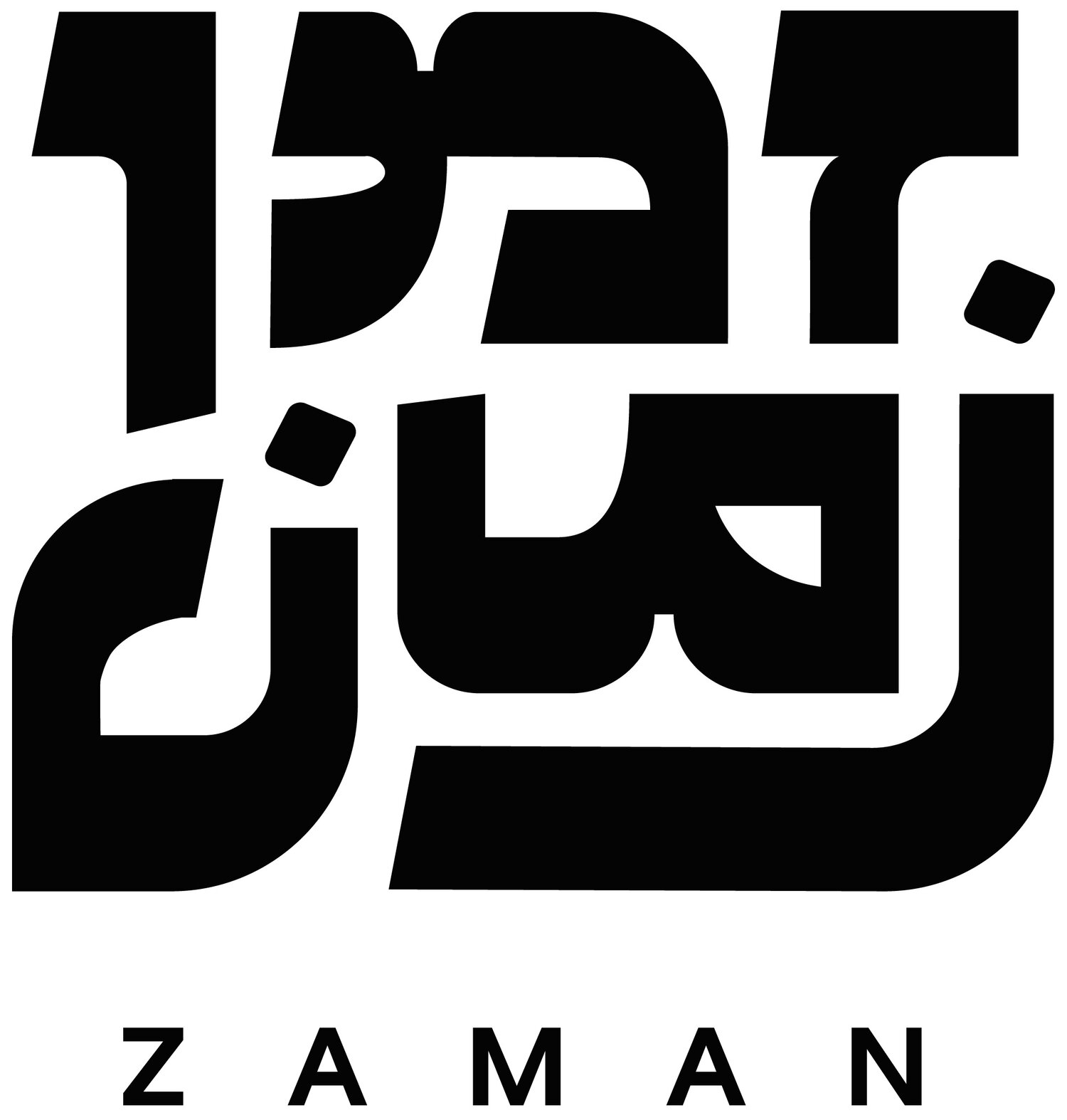
SUMMER 2020
Letter from the Editors
Sophie Levy and Evan Mateen
We are in a global moment of reckoning that is asking us to re-examine how our identities are not static or monolithic traits, but situationally-adaptable variables informed by our positions in larger social, political, economic, and cultural realities. Our understanding of identity today is ever-changing, constantly being shaped and defined by the roles we play across different communities.
On Language, Gender, and the Stigma of Mizrahi Sentimentality: An Interview with Ayelet Tsabari
It's rare for English-speaking audiences to find prosaic accounts and imaginations of Mizrahi life written by an Israeli author that were originally composed in English, rather than translated from Hebrew. Tsabari's work offers us a glimpse into her life as a Yemeni woman born in Israel not only by way of content- but by way of language; Hebrew makes itself subliminally and beautifully known in her writing.
Beyond the Critical Framework of Ashkenormativity: Reimagining Jewish Solidarity and Klal Yisrael
Michael Zalta
A deconstruction of Ashkenormativity is necessary, but certainly not enough to urgently address the ways in which the privileges of Jewish people, however conditional they may be, can make us complicit in systems of white supremacy.
The Culinary Wellsprings of Jerusalem
Eyal Asolin
Jerusalem is a city of springs; hidden within her is a myriad of metaphorical aquifers, each one spouting the words of dozens of prophets over the years. They are countless in number, but two are of particular cultural and culinary importance to me: Mahane Yehuda and the Arab Market near the Damascus Gate in the Old City— what Palestinians usually call Musrara Market.
“Subject Matter:” Orientalism and Arab Racialization in the Work of Yitzhaq Shami
Daniel Blanchard
The Palestinian Jewish author celebrated an “exotic” hybrid of Arab and Jewish identity not in order to shift Zionism’s Orientalist premises or to intervene in the political tensions brewing because of it; Rather, Shami’s work was a protocol for racialization, and a significant contribution to Zionist settler-ideology, in its appropriation of Arabism.
Houndstooth
Tzor Edery
A series of embroidery works depicting bodies, some whole and some fragmented. They are surrounded by a hand-woven pattern, recalling the shapes, colors and processes of traditionally woven textiles in a small, intimate format. The bodies are androgynous, comfortably and vulnerably in a state of in-between-ness, inviting a gaze to view them as they are.
Mizrahim, the Holocaust, and the Fluid Ownership of Jewish History
Jamie Aftalion
For many Mizrahim, navigating our place in discussions about the Holocaust is a complicated task. I often ask myself— How does my position relative to it as a Persian Jew guide my presence in conversations with other Jewish people? How do the obligations attached to my identity shift when I leave those spaces? And what has a new understanding of my family history taught me about Jewishness?
A Faint Call in Turkish: Let’s Talk
Nesi Altaras
A younger generation of Jews in Turkey, fed up with suppression and silence, has come together to create an online news and opinion platform: Avlaremoz (let’s talk).
Galeet Dardashti on Performance, Anthropology, and the “Revolutionary” Revival of Piyyutim
Our editors talk with Galeet about her family’s ties to Iranian and Jewish music, her multifaceted approach to her work as both a scholar and a performer, and her thoughts on the future of music in American Jewish congregations.
Psalm of Palms: For Davoud
Gabie Yacobi
Glimmers of violence, hope, brotherhood, and belonging grace this poem by Gabie Yacobi about her father's coming of age between Iran, Israel, and California.
מבוא: המעיינות הנובעים של ירושלים
אייל אסולין
ירושלים היא עיר של מעיינות, יש בה נביעות אין ספור. מעיינות רבים לה ובכל זאת, שני מעיינות תרבותיים וקולינריים הם בשבילי: מחנה יהודה והשוק הערבי בעתיקה- שער שכם, מה שהערבים קוראים לו בכלל שוק מוסררה.











